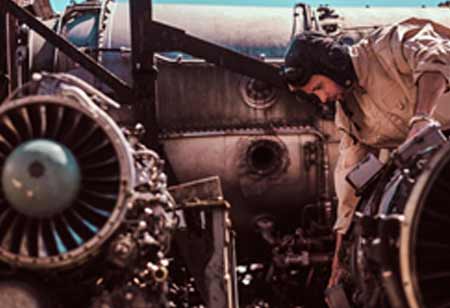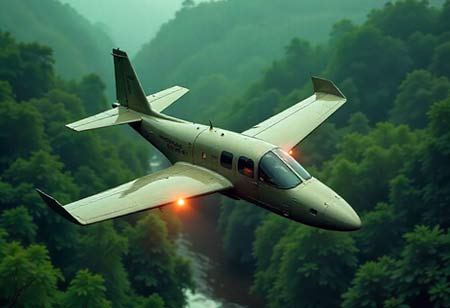Fremont, CA: Aeronautical flight inspection services involve checking and calibrating navigational aids, communication systems, and radar installations to guarantee compliance with international aviation standards. In Latin America, the demand for reliable flight inspection services is increasing due to rapid growth in aviation, expanding air traffic, and the modernization of airports. The region faces multiple challenges that affect the effective delivery of these services, including infrastructure limitations and regulatory complexities.
Aeronautical flight inspection services in Latin America face significant challenges stemming from infrastructure limitations, technological gaps, high costs, and inconsistent regulatory frameworks. The issues affect the quality of inspections and pose risks to aviation safety and efficiency. Governments, aviation authorities, and private stakeholders must prioritize investment in modern systems, foster regional cooperation, and streamline regulatory alignment with international standards. Latin America can enhance its aviation safety framework and ensure that its air traffic management systems are reliable, efficient, and well-prepared for future growth.
Infrastructure and Technological Limitations
Many countries in the region operate with outdated navigation systems, which require frequent calibration and inspection. Limited investment in modern ground-based navigational aids and insufficient adoption of advanced satellite-based systems make flight inspections more complex and time-consuming. The availability of specialized aircraft and equipment for flight inspection remains scarce, leading to service bottlenecks and delays in critical operations.
The technological gap also widens the challenge. While developed regions adopt state-of-the-art flight inspection tools, many Latin American service providers still rely on older technologies that limit accuracy and efficiency. It creates a disparity in compliance with international aviation safety standards, which may impact regional integration with global airspace systems.
Financial and Regulatory Challenges
The operation of specialized aircraft, the procurement of advanced inspection systems, and the continuous training of personnel require significant financial resources. In Latin America, where aviation budgets are often constrained, allocating funds for regular and thorough inspections can be challenging. Smaller nations face greater difficulties, as they usually rely on outsourcing services, which can be costly and less flexible in meeting urgent operational demands.
Regulatory inconsistencies further complicate the process. Different countries in Latin America follow varying aviation safety regulations, which sometimes lack alignment with the International Civil Aviation Organization (ICAO) standards. It creates barriers in cross-border coordination and hinders the standardization of inspection practices. The absence of uniform policies makes it challenging for service providers to operate seamlessly across multiple jurisdictions. Bureaucratic delays in procurement, licensing, and approvals hinder the modernization of inspection capabilities, resulting in gaps in aviation safety oversight.









